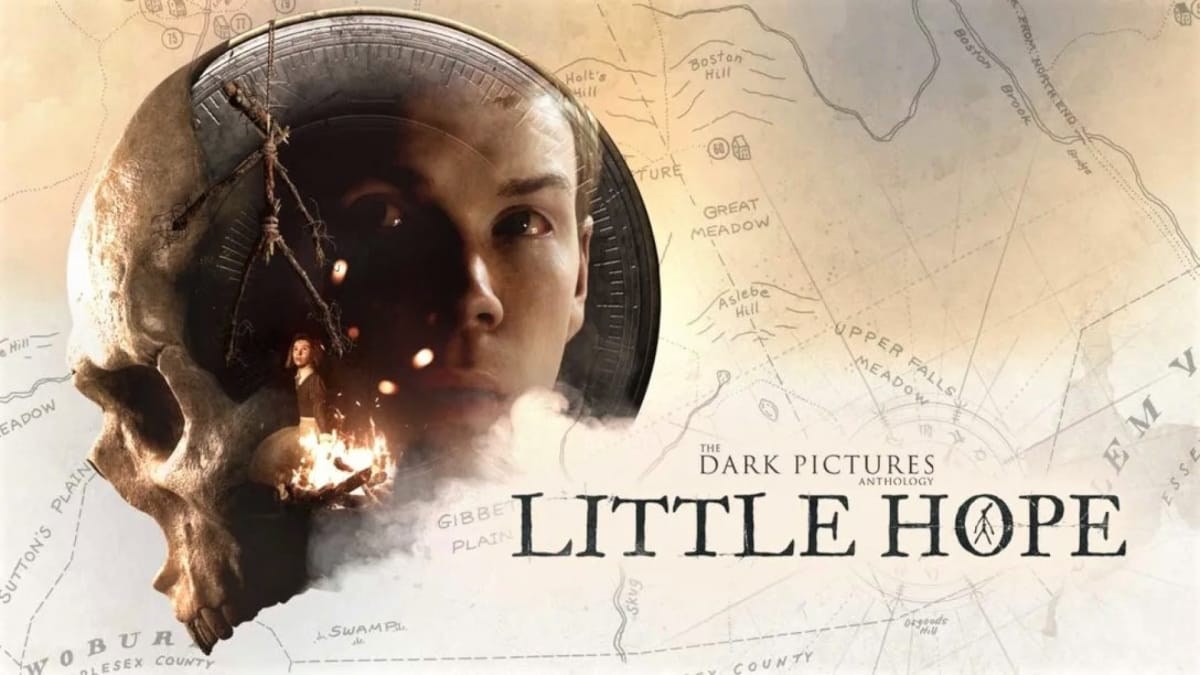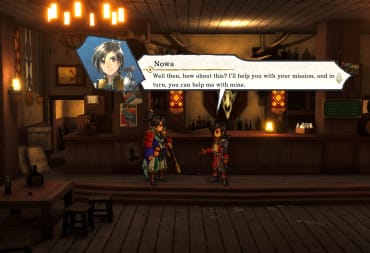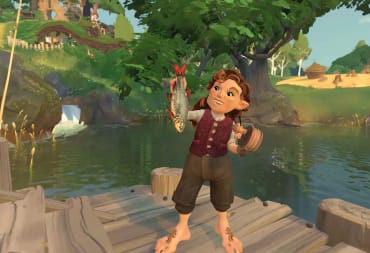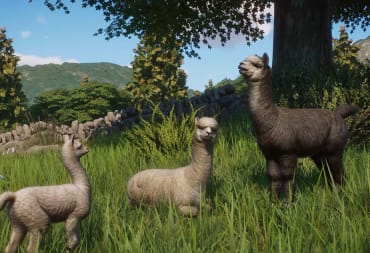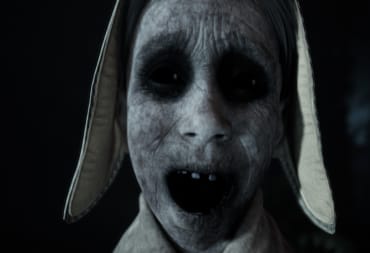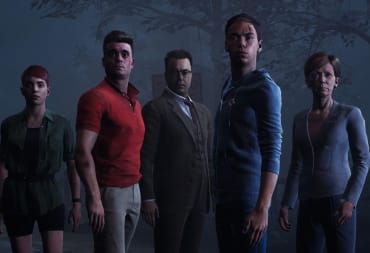The Dark Pictures series is a horror gaming concept I wish caught on faster: an anthology TV style series of small standalone horror games. Last year's debut installment, Man of Medan, wasn't exactly a stellar start but it had it's own cheesy straight-to-video energy and set the standard for these games going forward. Now, after finishing Little Hope, the bar has been significantly raised. This is not just a fun bite-sized horror game, but a great story in its own right.
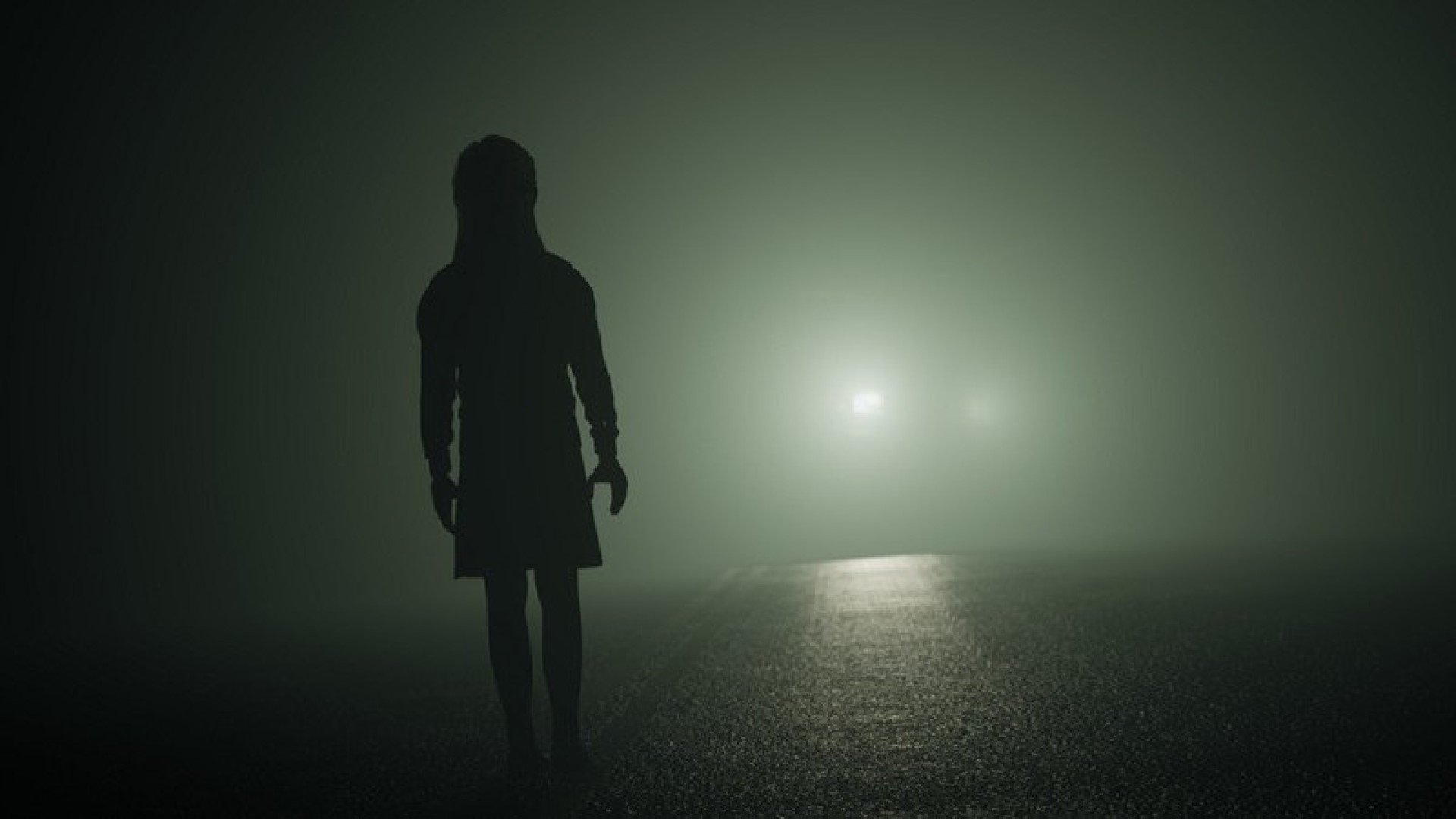
Abandon All Hope
After an alarmingly cruel prologue, the main story of Little Hope begins with a bus crash. You play as the five survivors, four college students and their professor, as they slowly make their way to the titular small town to find help. It doesn't take long for them to realize that something is wrong. There is an unnatural fog that prevents anyone from leaving and the entire town appears to be abandoned. But the biggest red flag of all is there are signs of the occult peppered throughout the area, standing alongside memorials and landmarks commemorating witch trials from the 17 century.
These witch trials become all too real as visions of the past start to haunt the main cast, either by them getting pulled through time into the turbulent era of the trials and unwittingly adding to the witchcraft paranoia, or by twisted monstrosities wandering the town wanting to cut them down.
Right off the bat, Little Hope is a marked improvement for The Dark Pictures series. While the main characters do fill in certain stock horror tropes: the sports jock, the cynical academic, the defensive girl with a pixie cut, etc., they are made immediately more likeable and relatable here. This is thanks to a sharper script and some clever plot elements. The fog prevents the group from just waiting with the bus until morning. The spooky time jump sequences to the past make elements from the town's past more intriguing, pushing the cast into an investigation. Even when the party splits up, there is just enough of a reason for it other than contrivance. It's an experience that understands the cliches it's working with and is perfectly content with embracing and justifying rather than just subversion for its own sake.
It's a great continuation of modern horror stories not getting hung up on staid or predictable formula by being too clever by half. It's a small but crucial distinction that keeps the presentation of Little Hope in the realm of earnest horror camp.
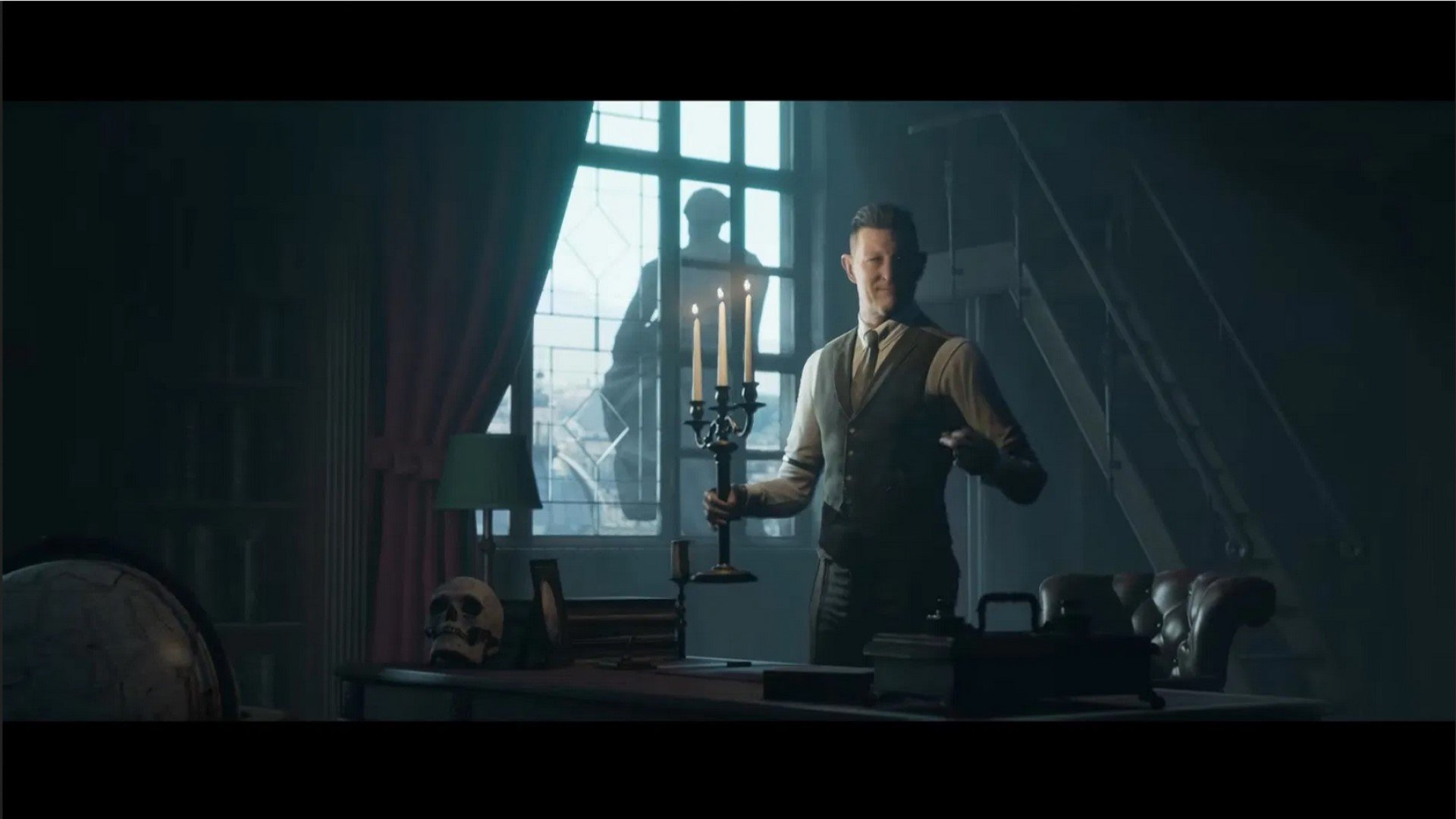
The Curator Will Remember That
That particular adjustment of expectations needs to be made since Little Hope, and The Dark Pictures series as a whole, leans more on film and tv storytelling than gripping interactive engagement. This is still an experience you spend more time watching than playing, your inputs restricted to exploration sections peppered with dialogue options and quick-time event action sequences that can lead to various characters living or dying. Occasionally, these are interrupted by The Curator, played to delicious perfection by Pip Torrens, who comments upon your decisions throughout your playthrough with dry wit and class. As a result, the game can end up tripping over itself when it mixes cinematic elements with gameplay. A sudden camera angle change to show something spooky out of sight is great when you're watching a movie, but when it leads to the character you're controlling accidentally turning on a dime and going back the way they came in the confusion ruins the effect. The second act in particular suffers from this constant need to tease and foreshadow big things to come along with a few weak sauce jump scares. This becomes less of an issue once the third act rolls around and everything starts to build to the conclusion, but it's a pain getting there.
There are a few quality-of-life improvements in the gameplay department. During the exploration sections any item that will move the story forward will be marked by arrows, which is good if you don't want to be shuffled out of a scene before you're done looking around. Furthermore, there are now warnings that pop up on screen right before a quick-time event sequence so you're not scrambling to pick up the controller during a cutscene. While these are welcome bits of accessibility, it results in it being really hard to fail these sequences. In two of my playthroughs, characters only died because of a dialogue option I had made at some point, not because of me missing a button prompt.
As a result, the game can end up tripping over itself when it mixes cinematic elements with gameplay. A sudden camera angle change to show something spooky out of sight is great when you're watching a movie, but when it leads to the character you're controlling accidentally turning on a dime and going back the way they came in the confusion ruins the effect.
The strangest thing about Little Hope is that despite it appearing to be a watered down rip off of Silent Hill, it has a really well-told central story. In some ways the story feels more like a bloodier episode of Scooby-Doo with the central mystery's intrigue overpowering the immediate supernatural threat to the characters. Then again, this is to be expected when the monster designs are fine but forgettable and performances given by the game's small cast of performance captured actors are portrayed so well.
In fact, despite the game clearly designed to be a one-off experience, the conclusion of Little Hope's story really stuck with me. I do not wish to spoil here, but if the synopsis sounds like yet another boilerplate horror story about the New England witch trials you've heard a dozen times before, you might be surprised at the conclusion. Once all of the pieces came together, I immediately started up another playthrough to see if the game cheated at all or withheld any information, only to find mostly fair play start to finish.
This does hamper replay value, a mystery is less compelling when you know the answer after all. However, this is a Dark Pictures game, meaning there is couch co-op with up to five players and an online co-op where you and a friend can play through the story together. Aside from some odd hitches and quirks, it works quite well, and the social experience of seeing a buddy have the same reactions that I did was an utter delight.
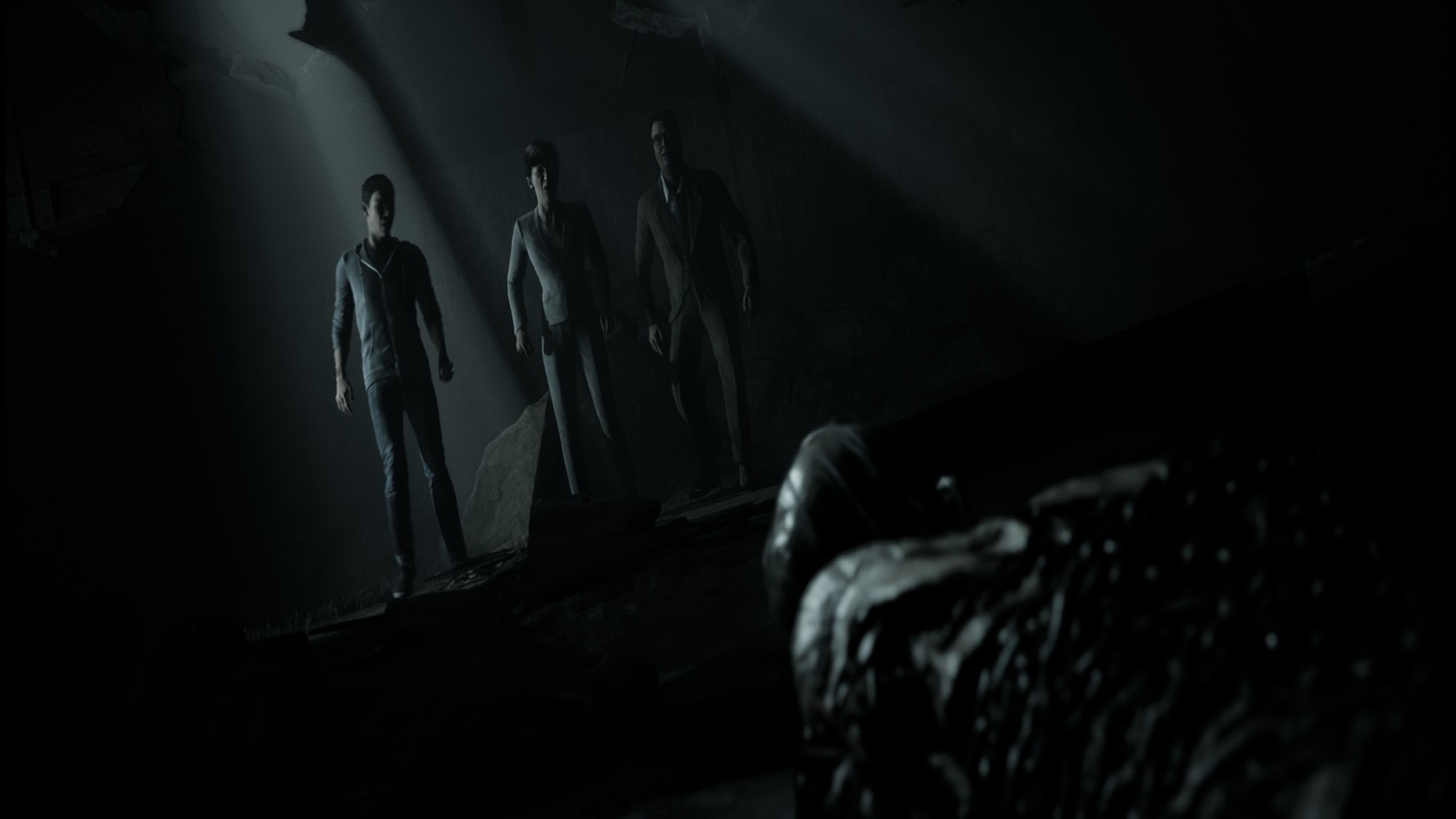
The Dark Pictures Anthology: Little Hope | Final Thoughts
Little Hope is a much different experience compared to Man of Medan and is a testament to just how creative Supermassive Games are willing to get with The Dark Pictures series. As a self-contained horror experience, the story intrigues more than scares and the challenges facing the characters are more driven by internal conflict than immediate pulse-pounding suspense. But while it lacks in bloodlust, it more than makes up with atmosphere and some well-crafted narrative hooks. If you're still aching for a bit more of a Halloween fix before the holiday season rolls around but don't want anything too horrendous, pick this up and set up a session with some friends.
TechRaptor reviewed The Dark Pictures: Little Hope on PlayStation 4 with a copy provided by the publisher. The game is also available on PC and Xbox One.
Review Summary
Pros
- Visually Atmospheric
- Intriguing Supernatural Mystery
- Welcome Accessibility Options
Cons
- Disorienting Camera Work
- Boring Second Act
Have a tip, or want to point out something we missed? Leave a Comment or e-mail us at tips@techraptor.net
